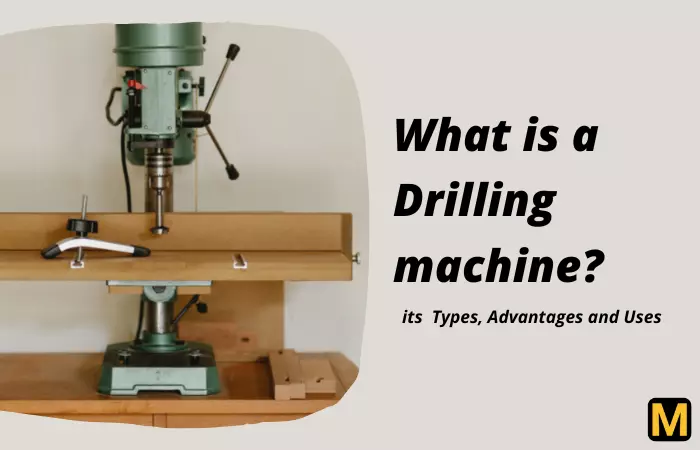What is an FDM 3D printer? construction and working with PDF
This is The Mechanical post! and today you would be reading about What is 3D printing? What are its types? Advantages and limitations of 3D printing and much more…
To download the PDF on 3D printing click on the button at the end of the article!
What is 3D printing?
Who invented 3D printing?
Types of 3D printing technology
- Fused deposition modeling (FDM)
- Stereolithography (SLA)
- Masked Stereolithography (MSLA)
- Selective Laser Sintering (SLS)
- Digital Light Processing (DLP)
- Multi Jet Fusion (MJF)
- Direct Metal Laser Sintering (DMLS)
- Electron Beam Melting (EBM)
- Laminated Object Manufacturing (LOM)
What is FDM 3D printing?
The Fused Deposition Modelling (FDM) or Fused Filament Fabrication (FFF) is an additive manufacturing process wherein a plastic filament is heated and extruded through a nozzle layer by layer from the bottom up. As the plastic cools down, it solidifies, and thus the 3D printed part is obtained.
Main components of FDM 3D printer
The FDM or FFF 3D printer has the following main components:
- Filament coil
- Extruder with a heating element
- Feeder
- Stepper motor mechanism
- Build platform
Filament coil
 |
| Image by – Maurizio Pesce from Milan, Italia, CC BY 2.0, via Wikimedia Commons |
Extruder with heating element
Feeder
Stepper motor mechanism
Build platform
Working of Fused deposition modeling (FDM) printers:
 |
Image by – Paolo Cignoni, CC BY-SA 4.0, via Wikimedia Commons |
The part which is to be 3D printed is first designed in CAD software.
After that, it is exported as a .STL format file.
This .STL file is then sent to a slicing software for eg: Cura. In the slicer software, you can control the print parameters like the layer height, temperature of the filament, etc.
After setting the parameters, the file is then saved to an SD card and then inserted into the 3D printer. Or else some 3D printers can be directly connected via a USB.
Select the file in the 3D printer and set it accordingly.
The feeding mechanism of the 3D printer intakes the filament and sends it to the extruder where it is heated to the set temperature.
The filament is then extruded layer by layer onto the build platform. The stepper motors control the movement of the nozzle as well as the build platform accordingly.
Materials that can be 3D printed
- Acrylonitrile butadiene styrene (ABS) plastic
- Polyethylene terephthalate (PET)
- Polycarbonate
- Nylon
- Carbon fiber
- Resins etc.
You might also like to read:
Applications of 3D printing
The following are the applications of 3D printing:
 |
| 3D printed model of steam turbine | Image by – CMitchell, CC BY-SA 4.0, via Wikimedia Commons |
- 3D printing is used in the automotive industry from prototyping to printing spare parts.
- In the footwear industry, brands like Adidas, Nike, etc are making use of this technology for printing footwear.
- Now a days eyewear are also being 3D printed.
- 3D printing is used for medical purposes like printing of implants, the printing of crowns and dentures in the dental industry, robotic arms, etc.
- In the education industry, it is used to print 3D models for better understanding and teaching purposes.
- 3D printing is also widely used for prototyping purposes.
Advantages of 3D printing
The following are the advantages of 3D printing:
- High flexibility.
- Complex parts can be easily manufactured.
- Wastage of materials is reduced.
- Consistent quality of printed parts.
- Fast production rate.
- Changes can be easily made in the design.
Disadvantages of 3D printing
- The energy consumption of 3D printers is high.
- 3D printers are expensive with a high initial investment.
- For now, a limited number of materials can be printed.
- While 3D printing toxic emissions are produced.
- There are limitations on the finishes which can be obtained using 3D printing.
Looking for 3D printers to buy?
Conclusion
Let us know in the comments as well as spread the word among the fellow mechanical engineers with the social links given below.
Till then keep learning and reading The Mechanical post!







